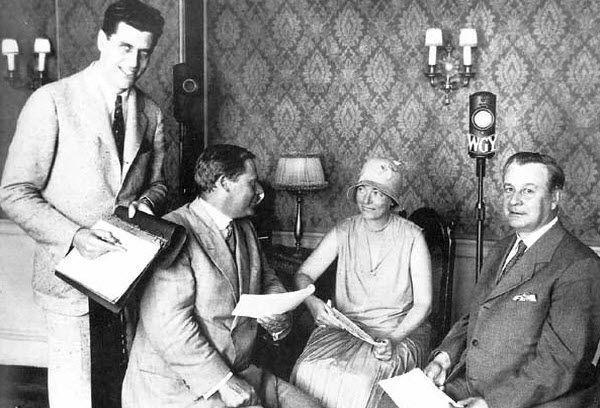If you were born in the 1980s or 1990s, you might remember gathering with your family in the evening to watch the latest episodes of daily drama series on television. For those born in the new millennium, however, watching dramas has become even easier with the advent of smartphones and streaming platforms like Netflix and others. This advancement in technology has revolutionized the way we consume media, providing conveniences that previous generations could only dream of. Before these advancements, television was still in its infancy, and radio was the primary source of entertainment, including dramatic performances. This all changed on September 11, 1928, which marked a significant turning point with the broadcast of the first-ever television drama, “The Queen’s Messenger,” considered by many as the dawn of televised drama.

“The Queen’s Messenger” had a runtime of approximately 40 minutes and was the first dramatic work ever broadcast on television. This historic moment was made possible by the WGY network, an experimental station of General Electric based in New York City. This breakthrough followed several important developments in television technology, particularly after the Federal Radio Commission approved regular television broadcasting in July 1928. By August, a station in New York City began regularly broadcasting silent pictures alongside its radio programming.

WGY achieved its first successful public broadcast by transmitting images to the personal televisions of four General Electric executives in New York. They also accomplished a successful broadcast from their station all the way to Los Angeles on the West Coast, marking a significant triumph that prompted them to invest in producing a dramatic work titled “The Queen’s Messenger” as part of a larger test of their television system. This silent drama was based on a one-act play by Irish playwright J. Hartley Manners and starred Izetta Jewel as a mysterious Russian woman working as a spy trying to obtain secret documents carried by a British diplomat through a romantic encounter following a party in Berlin.

The choice of this old-fashioned spy drama was due to its minimal cast of two actors, who could alternately appear on the television cameras positioned around the set. At that time, the technology was very rudimentary, necessitating a larger crew than the number of actors. Television screens were very small compared to cinema screens, requiring scenes to be filmed in large sizes within the frame. Consequently, three cameras were used to capture the actors’ faces, hand movements, and the surrounding set separately. Director Mortimer Stewart then used a small control box to cut and edit the images and also relied on special effects, such as synchronizing the sound of “The Queen’s Messenger” with a separate radio device placed below the television receiver.
Despite the considerable hype surrounding the series as a breakthrough in drama, public reception was notably lukewarm. The prevailing sentiment was that there was still a long way to go before television drama could surpass the popularity of radio. Nevertheless, despite the cold reception from the public, no one can deny that “The Queen’s Messenger” paved the way for television drama, which has since achieved a prominent place, even surpassing cinema.
